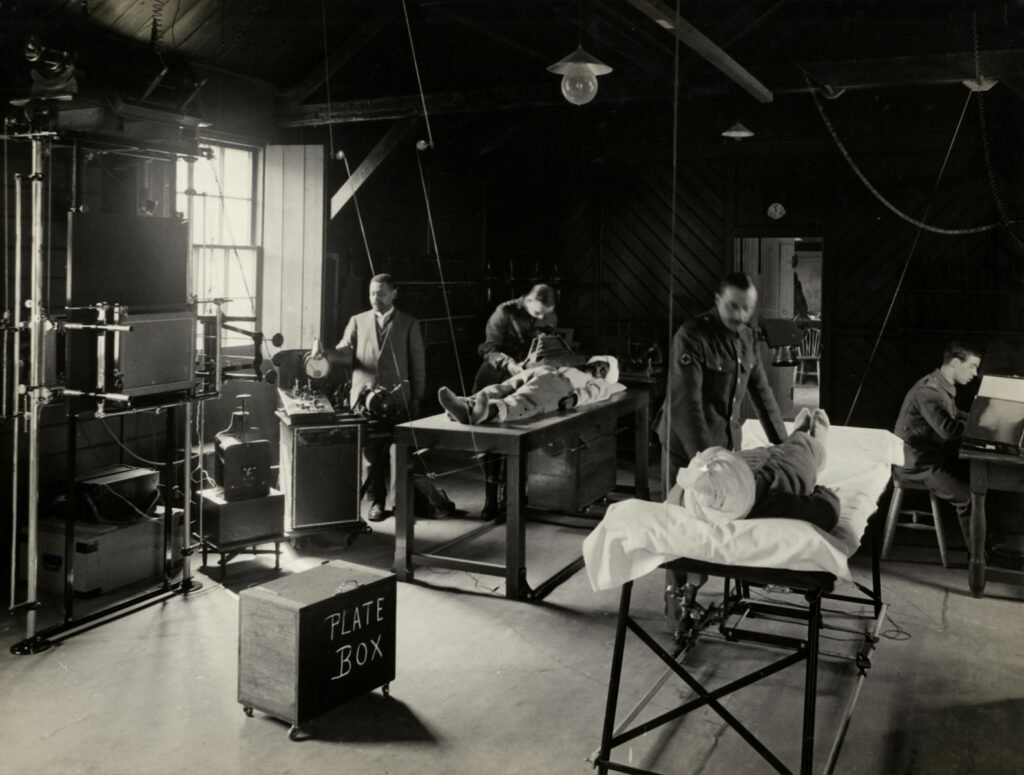
The Art of Conversation
Participating in dialogue is akin to a intricate waltz where we trade words and concepts, each taking the lead at different moments. It’s about forming connections with others through the intricate dance of communication. Whether it’s a casual banter about the elements or a profound debate on existentialism, conversation serves as the adhesive that unites us.
A vital component of a captivating discussion is active listening—truly immersing oneself in what the other party is conveying rather than simply waiting for an opportunity to speak. Demonstrate authentic curiosity in their narratives and viewpoints by posing open-ended inquiries and offering empathetic responses. Remember, dialogue operates as a two-way avenue, so refrain from monopolizing the spotlight!
Dining Etiquette
In the intricate dance of dining etiquette, whether you are immersed in a casual brunch or an elaborate formal dinner, it becomes imperative to navigate the unspoken rules with finesse. Beginning with the fundamental principles, one must always remember the cardinal rule of holding the fork in the left hand and the knife in the right hand for cutting food. Upon completion, delicately place both utensils at a diagonal angle on your plate, ensuring that the fork tines face upwards in a display of culinary sophistication.
A gesture of gratitude towards your host or server is not merely customary but also indicative of good manners. A simple “thank you” uttered earnestly can speak volumes and leave a lasting impression.
Delving deeper into more nuanced protocols, refrain from indulging in noisy slurping while consuming soup or beverages as it is deemed impolite. Instead, sip serenely and employ a spoon for that final delectable morsel. In moments when decorum demands discreetness – be it to remove an errant morsel from your mouth – let subtlety guide your actions as you reach for a napkin and excuse yourself gracefully from the table.
And lest we forget amidst this labyrinth of dining customs, maintain impeccable posture by keeping elbows off the table throughout your meal; this seemingly trivial act conveys respect towards those sharing this gastronomic experience with you.
Fashion and Dress Codes
The enigmatic world of Fashion and Dress Codes holds a mysterious power over how we portray ourselves to society. Our choice of attire speaks volumes about our identity, taste, and even our societal standing. It is imperative to dress appropriately for each occasion as a sign of reverence towards the host and the event at hand. Whether it be a formal gathering, business rendezvous, or casual hangout, selecting the perfect ensemble can leave an indelible mark.
Deciphering the cryptic messages behind dress codes for diverse events can assist you in navigating through the tumultuous seas of fashion norms. From extravagant black-tie affairs necessitating opulent evening gowns and suave tuxedos to laid-back business casual wear for professional environments, having a grasp on what is anticipated can shield you from any sartorial blunders. Remember, it’s preferable to err on the side of extravagance rather than simplicity – it demonstrates that you have exerted effort and honor the momentous occasion at hand.
Social Class Hierarchy
The intricate web of social class intricacies has long been a driving force in shaping the dynamics of society. Your position within the social hierarchy, determined by variables such as wealth, education, and profession, can have a profound impact on how you are perceived by your peers. In many communities, there exist stark divisions between the upper echelon, middle stratum, and lower rungs of society, each with their own distinct codes of behavior and societal expectations.
For instance, in certain societies, individuals belonging to the upper crust are expected to exude elegance, refinement, and sophistication in both their demeanor and attire. Their calendars may be filled with exclusive gatherings and they may hold memberships in prestigious clubs or organizations. Conversely, those in the middle class often prioritize financial stability and strive for upward mobility through academic pursuits or career advancements. Meanwhile, members of the lower class – grappling with economic challenges – tend to place emphasis on practicality and thriftiness when making lifestyle choices.
Courtship and Marriage
In the mysterious realm of budding romance, courtship holds a weighty significance. It is a graceful waltz of gestures and words, a subtle game of actions and reactions. The traditions of courtship have varied immensely across different cultures and historical eras, mirroring the values and norms of each society. From extravagant displays of affection to more restrained expressions of interest, the intricate rituals of courtship have captivated both observers and participants for generations.
As courtship transitions into marriage, a whole new chapter unfolds. Marriage is a partnership founded on love, mutual respect, and shared aspirations. It entails a commitment to stand by each other through all trials and tribulations, to face life’s challenges together, and to revel in its joys side by side. While the customs surrounding marriage may differ from one culture to another, the essence of this union remains constant – the pledge of companionship, fidelity, and everlasting love.
Home Entertaining
When delving into the realm of hosting a gathering within the confines of your humble abode, one must navigate through a labyrinth of considerations to guarantee an experience that will leave guests in awe. The enigmatic dance between lighting, music, and decor sets the stage for an atmosphere that is both inviting and intimate. Crafting a menu that caters to an array of dietary needs and restrictions becomes a puzzle to solve in order to cater to all palates present. It is imperative to weave connections with each guest, enveloping them in a tapestry of camaraderie and delight as the event unfolds.
As the orchestrator of this intricate symphony, it falls upon you to decipher the unspoken desires of your guests and ensure their comfort and well-being throughout their stay. A cornucopia of refreshments ranging from non-alcoholic libations to tantalizing appetizers serves as sustenance for social interactions taking place around every corner. Designating spaces for various activities – be it indulging in culinary delights at food stations or lounging in cozy seating areas – sparks curiosity among guests and beckons them towards shared experiences. By honing these details with precision, you can ascend above mere hospitality into the realm of unforgettable home entertaining prowess that will linger long after your guests have departed.
Rules of Politeness
Let’s delve into the intricate art of maneuvering social interactions with finesse and thoughtfulness. Within the realm of the English language, employing phrases like “please” and “thank you” can wield immense power in demonstrating gratitude and admiration for others. A mere utterance of “excuse me” can serve as a beacon of politeness, particularly in bustling or congested settings. Should you unintentionally cause offense to someone, do not hesitate to extend sincere apologies as a token of your genuine remorse.
In the realm of dialogue, it is imperative to exude politeness by actively listening and displaying keen interest in what others have to convey. A respectful nod or warm smile can effectively communicate your attentiveness and respect for their words. Furthermore, utilizing courteous language and tone can cultivate an environment brimming with positivity and camaraderie. Keep in mind that politeness transcends mere verbal exchanges; it encompasses embodying kindness and thoughtfulness through one’s deeds as well.
Education and Social Etiquette
In the perplexing world of today’s society, proper manners and social etiquette hold the key to successfully navigating a myriad of social situations. Whether you find yourself amidst a formal affair, mingling with unfamiliar faces, or engaging in discussions, having a firm grasp on the fundamentals of social decorum is essential.
Education serves as a cornerstone in shaping one’s comprehension of social etiquette. From an early age, children are instilled with the importance of saying “please” and “thank you,” offering a firm handshake, and maintaining eye contact during conversations. These seemingly simple gestures can wield significant influence over how one is perceived within social circles. As adults, continuing to expand one’s knowledge of the nuances of social etiquette can aid in fostering positive relationships and leaving a lasting impact.


